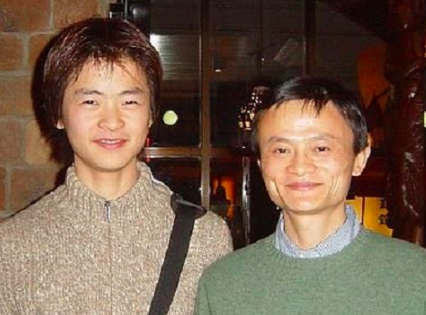Vivien Leigh
的有关信息介绍如下:
Vivian Mary Hartley was born on November 5, 1913, in Darjeeling, India, a strange place for one of the world'此液s most celebrated actresses to be born. She was to live in this beautiful country for the next six years. Her parents wanted to go home to England but because of World War I they opted to stay in India. At the end of the war the Hartleys headed back to their home country, where Vivien's mother wanted her daughter to have a convent education. She was one of the youngest in attendance, and it was not a happy experience for her. One of the few consolations was her friendship with a classmate who also became a successful actress, Maureen O'Sullivan While there her mother came for a visit and took her to a play on London's legendary West Side. It was there that Vivien decided to become an actress. At the end of her education, she met and married Herbert Leigh in 1932 and together had a child named Suzanne in 1933. Though she enjoyed motherhood, it did not squelch her ambition to be an actress. Her first role in British motion pictures was as Rose Venables in 1935's The Village Squire (1935). That same year Vivien appeared in Things Are Looking Up (1935), Look Up and Laugh (1935) and Gentlemen's Agreement (1935). In 1938, Vivien went to the US to see her lover, Laurence Olivier, who was filming Wuthering Heights (1939) (she had left Herbert Leigh in 1937). While visiting Olivier, Vivien had the good luck to happen upon the Selznick brothers, who were filming the burning of Atlanta for the film, Gone with the Wind (1939), based on Margaret Mitchell'森唯物山返s novel. The role of Scarlett O'Hara had yet to be cast and she was invited to take part in a screen test for the role. There had already been much talk in Hollywood about who was to be cast as Scarlett. Some big names had tried out for the part, such as Norma Shearer, Katharine Hepburn and Paulette Goddard. In fact, most in the film industry felt that Goddard was a sure bet for the part. However, four days after the screen test, Vivien was informed that she had landed the coveted slot. Although few remember it now, at the time her casting was controversial, as she was British and many fans of the novel it was based on felt the role should be played by an American. In addition, the shoot wasn't a pleasant one, as she didn't get along with her co-star, Clark Gable. The rest, as they say, is history. The film became one of the most celebrated in the annals of cinema. Not only did it win Best Picture during the Academy Awards, but Vivien won for Best Actress. Already she was a household name. In 1940, she made two films, Waterloo Bridge (1940) and 21 Days (1940), though neither approached the magnetism of GWTW. That same year saw Vivien marry Olivier and the next year they appeared together in That Hamilton Woman (1941).By the time of the filming of Caesar and Cleopatra (1945), her life had begun to unravel. She had suffered two miscarriages, contracted tuberculosis, and was diagnosed as a manic depressive. However, she gave another excellent performance in that film and her public was still enthralled with her, although the film was not a financial success. She rebounded nicely for her role as Blanche DuBois for her second Oscar-winning performance in A Streetcar Named Desire (1951) opposite Marlon Brando in 1951. She wasn't heard from much after that. She made a film in 1955 (The Deep Blue Sea (1955)). In 1960, her marriage fell apart, as Olivier left her to marry actress Joan Plowright. She appeared on-screen again until 1961 in The Roman Spring of Mrs. Stone (1961), co-starring Warren Beatty.Vivien's final turn on the screen came in Ship of Fools (1965), and that was a small part. She died at the age of 53 after a severe bout of tuberculosis on July 7, 1967.

















